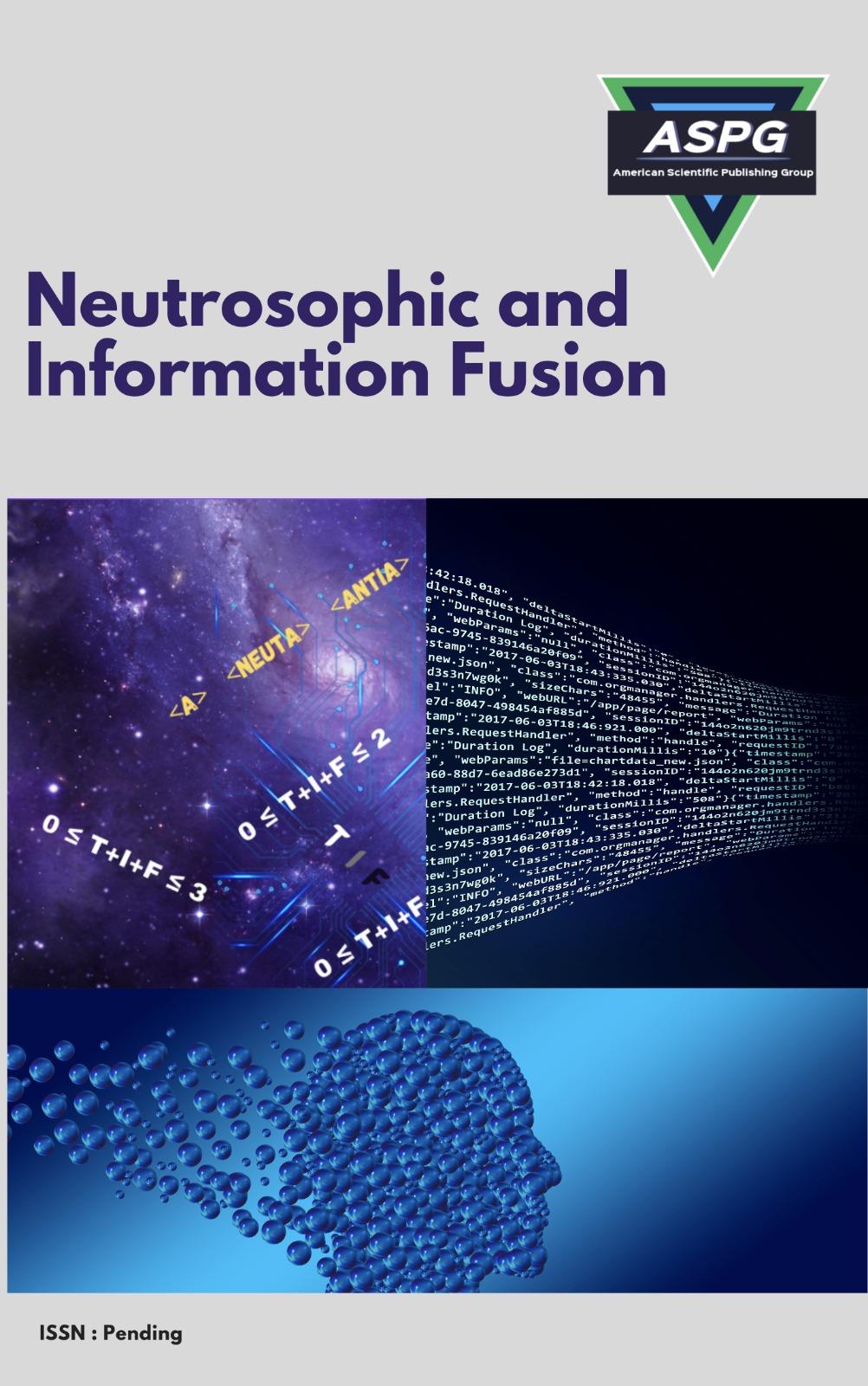

As a method of transportation, the bus rapid transit system (BRT), also known as BRT, has a greater occupancy rate and is better suited for travelling over longer distances. Evaluating the performance of potential alternatives is necessary because of concerns over sustainability and the need to improve BRT's performance to increase customer satisfaction. On the other hand, criteria that are predicated on the fundamental idea of the emission performance of BRT call for ambiguous or indeterminate expert evaluations to be addressed using single-valued neutrosophic sets (SVNSs). An integrated paradigm for making decisions based on several factors is shown here. To evaluate and rank the solutions, we used a measurement of the different options available and ranked them with the Neutrosophic MARCOS method.
Read MoreDoi: https://doi.org/10.54216/NIF.010201
Vol. 1 Issue. 2 PP. 08-15, (2023)
The variety of cloud-based services that are now accessible is expanding at a fast pace, and as a result, it has become much more difficult for regular customers to choose the appropriate cloud services. When selecting an appropriate service to use in a setting where there is a high degree of unpredictability, it is in the user's best interest to be able to deal with ambiguous information. This is because the Cloud service environment contains a great number of unknowns, which may prevent the user from making wise choices. In this paper, the authors propose a framework that they call the Optimal Service Choice and Priority of Cloud Computing (CC) Service. This methodology gives cloud customers the ability to evaluate the various service options available to them relying on QoS (Quality of Requirements) standards. The model employs a mixed approach to decision making that is based on many factors. The PROMETHEE is used for the purpose of ranking and prioritizing the QoS criteria, and to get the final rank of cloud services. The suggested methodology is a Multi-criteria decision making approach due to this problem contain many conflicting criteria. The PROMETHEE is integrated with neutrosophic environment to overcome uncertainty information. The application of methodology is provided.
Read MoreDoi: https://doi.org/10.54216/NIF.010202
Vol. 1 Issue. 2 PP. 16-25, (2023)
We offer ChatGPT, an autoregressive language model that employs deep learning to generate sentences that resemble those written by humans, and assess them using the preceding distinction. We discuss the nature of ChatGPT based on a review of its output. Also, we reviewed some details about the different versions of ChatGPT. We show, based on the resulting ChatGPT outputs, which the recently released AI-enabled ChatGPT can be of great help to daily life. We showed the full benefit behind ChatGPT.
Read MoreDoi: https://doi.org/10.54216/NIF.010203
Vol. 1 Issue. 2 PP. 26-28, (2023)
The blockchain as a distributed ledger with flourishing blocks are secured and linked with cryptographic hashes. The blockchain is a type of distributed database that is used in many vital business transactions of replication, sharing, tracking, synchronization data among various sites. Recently, the global technological and industrial revolution is accelerating, the bitcoin extends the industrial revolution to become a lot of interest from both the business world and academic circles. This paper aims to take the advantages of blockchain concepts to be applied in Enterprise Banking Systems (EBS). The EBS depend on smart contract and blockchain technologies for trust only the installation of a blockchain platform with a solid design and a proven user base. Unfortunately, only a few blockchain platforms (BP) have achieved stable design and confident implementation. The selection of appropriate BP is leading step for decision makers that pretended to be a real challenge. Therefore, any digital transformation project that makes use of blockchain must contend with the difficulty of selecting a BP that is suited to the requirements of EBS. In this study, a hybrid approach of a neutrosophic theory for uncertainty conditions in a multi-criteria decision-making problem with the use wise weight assessment ratio analysis (SWARA) and Weighted Sum Method (WSM) to select the appropriate and efficient BP. A case study is applied on EBS, as an uncertain environment, to show the efficiency for the proposed model in aiding decision makers to achieve to ideal BP according to challenges to achieve sustainability.
Read MoreDoi: https://doi.org/10.54216/NIF.010204
Vol. 1 Issue. 2 PP. 29-43, (2023)
The development of Online media sites in recent years has led to the spread of content sharing like commercial advertisements, political news, celebrity news, and so on. Various social media applications, such as Facebook, Instagram, and Twitter, have been impacted by fake news. Due to the easier access and rapid expansion of data through online media platforms, distinguishing between fake and real data has become difficult. The massive volume of news transmitted over online media portals makes manual verification impractical, which has prompted the development and deployment of automated methods for detecting fake news. Given the clear dangers of misleading and deception, fake news study has seen an increase in efforts that employ machine learning approaches, and sentiment analysis. In this study, we review the many implementations of sentiment analysis and machine learning methodologies in the fake news detection, as well as the most pressing difficulties and future research prospects.
Read MoreDoi: https://doi.org/10.54216/NIF.010205
Vol. 1 Issue. 2 PP. 44-68, (2023)